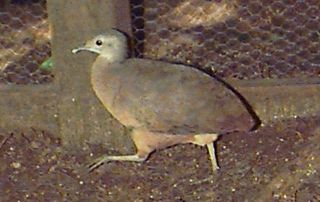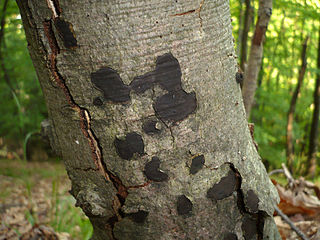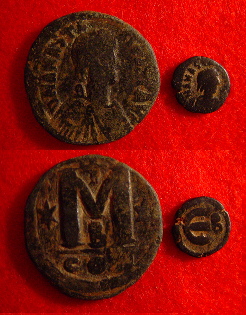
Quercus suber, commonly called the cork oak, is a medium-sized, evergreen oak tree in the section Quercus sect. Cerris. It is the primary source of cork for wine bottle stoppers and other uses, such as cork flooring and as the cores of cricket balls. It is native to southwest Europe and northwest Africa. In the Mediterranean basin the tree is an ancient species with fossil remnants dating back to the Tertiary period.

Polistes is a cosmopolitan genus of paper wasps and the only genus in the tribe Polistini. Vernacular names for the genus include umbrella wasps, coined by Walter Ebeling in 1975 to distinguish it from other types of paper wasp, in reference to the form of their nests, and umbrella paper wasps. Polistes is the single largest genus within the family Vespidae, with over 200 recognized species. Their innate preferences for nest-building sites leads them to commonly build nests on human habitation, where they can be very unwelcome; although generally not aggressive, they can be provoked into defending their nests. All species are predatory, and they may consume large numbers of caterpillars, in which respect they are generally considered beneficial.

The little tinamou is a species of tinamou. It is found in Central and South America, as well as on the Caribbean island of Trinidad.
The Anjouan scops owl is an owl endemic to the island of Anjouan in the Comoro Islands.

The Xylariaceae are a family of mostly small ascomycetous fungi. It is one of the most commonly encountered groups of ascomycetes and is found throughout the temperate and tropical regions of the world. They are typically found on wood, seeds, fruits, or plant leaves, some even associated with insect nests. Most decay wood and many are plant pathogens.

Urodidae, whose species are commonly known as false burnet moths, is a family of moths in the lepidopteran order. It is the type genus in the superfamily, Urodoidea, with three genera, one of which, Wockia, occurs in Europe.

Biscogniauxia nummularia is a plant pathogen in the family Graphostromataceae, known as the beech tarcrust. The specific epithet is derived from the Latin "nummus" meaning a coin, referring to the often rounded and coin-like encrustations.

The Mayotte scops owl is a species of owl in the family Strigidae. It is endemic to the island of Mayotte in the Comoros.

Nummus is a Latin word for various coins that was borrowed from Doric Greek noummos. Originally referring to a specific style of coin used in Greek-speaking Southern Italy, the term nummus came to be used by the Late Republic for all coins generally and particularly as a synonym for the sestertius, then the standard unit of Roman accounting, and then in Late Antiquity as the formal name of the follis. It was used in this general sense in Early Modern English but is most commonly employed by modern numismatists as a catchall term for various low-value copper coins issued by the Roman and Byzantine empires during Late Antiquity.

Biscogniauxia is a genus of fungi in the family Xylariaceae. Subtaxa include Biscogniauxia capnodes var. capnodes, Biscogniauxia marginata and Biscogniauxia nummularia, which are plant pathogens. The genus was circumscribed by Otto Kuntze in Revis. Gen. Pl. 2 on page 398 in 1891.

Dromius is a genus of ground beetle native to the Palearctic, the Nearctic, the Near East, and North Africa.

The Comoros forests is a terrestrial ecoregion which covers the Comoro Islands, which lie in the Mozambique Channel between Madagascar and East Africa. These include four main islands: Grande Comore, Anjouan and Mohéli, of the Union of the Comoros, and Mayotte, a department and region of France.

Aquita is a genus of moths in the family Nolidae.

Agriophara is a genus of moths in the subfamily Stenomatinae. The genus was erected by Rudolph Rosenstock in 1885.
Agriophara capnodes is a moth in the family Depressariidae. It was described by Edward Meyrick in 1890. It is found in Australia, where it has been recorded from South Australia.

Mesomphix is a genus of terrestrial gastropods belonging to the family Gastrodontidae.

Biscogniauxia atropunctata, the hypoxylon canker, is a species of sac fungus in the family Graphostromataceae. Like many other fungi in the genus, it is a plant pathogen; specifically this species can cause Biscogniauxia (Hypoxylon) canker and dieback disease in host trees.

Diatrype virescens is a carbonaceous pyrenomycete in the family Diatrypaceae. It grows uniquely on the wood of American beech in North America. Its growth structure is immersed, popping out from under the bark in scattered green fruiting bodies which soon fade to black.














